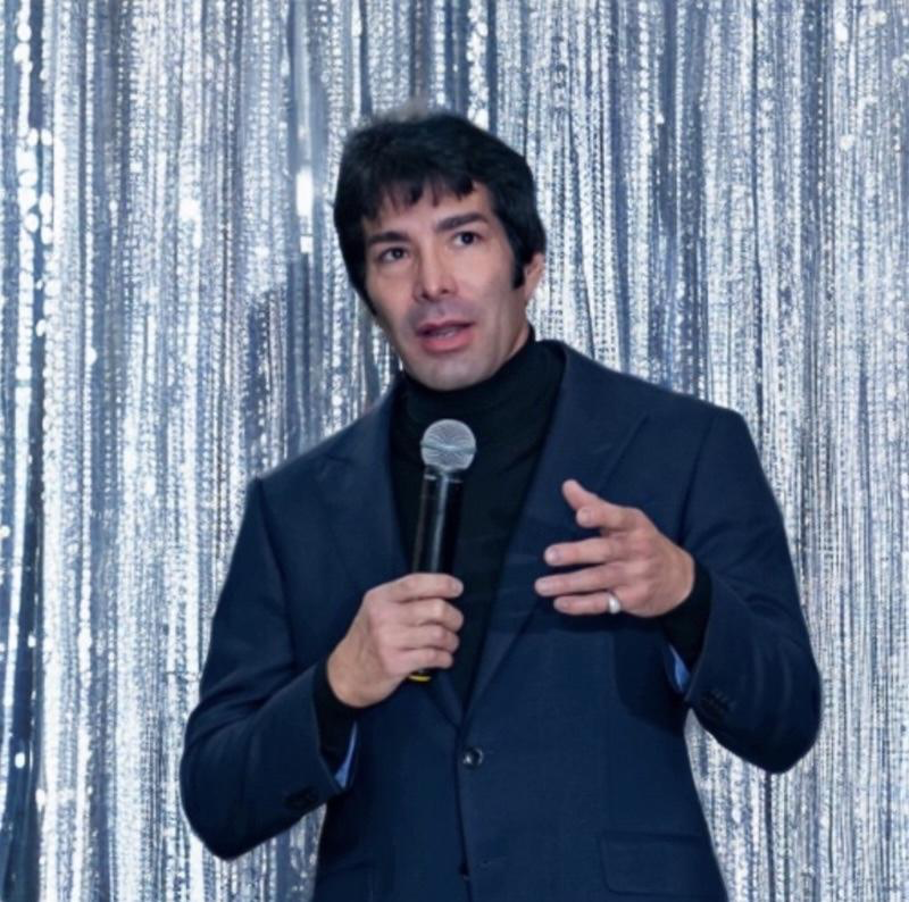 Featured
Featured
Navigating the Complexities of Title IX with Joseph Lento
Title IX, originally enacted in 1972 to address gender equity in educational settings, has evolved into a critical yet contentious framework for handling sexual misconduct and discrimination cases on campuses. As interpretations of the law have broadened over the decades, the implementation of Title IX policies has grown increasingly complex, creating significant challenges for students and institutions alike. This evolving has led to procedural inconsistencies, a lack of transparency, and disputes that often leave students, victims and accused alike, vulnerable to life-altering consequences.
Recent years have further amplified these challenges. The pandemic introduced new pressures, including difficulties in balancing remote education with compliance with Title IX guidelines. Meanwhile, debates over procedural fairness and institutional priorities continue to polarize stakeholders, reflecting broader societal divisions about equity, justice, and accountability.
Procedural Challenges for Students
Students accused of Title IX violations face a labyrinthine process characterized by stringent deadlines, limited access to evidence, and often opaque institutional procedures. Many institutions, under pressure to demonstrate their commitment to campus safety and equity, prioritize swift resolution over thorough investigation.
This approach can result in significant procedural failings, including biased hearings and inadequate opportunities for accused students to present their defense. The stakes are high: disciplinary records stemming from Title IX violations can affect future academic opportunities, employment prospects, and personal reputations.
Joseph Lento lends his expertise, “Title IX cases demand rigorous due process, yet many students find themselves navigating a system more focused on institutional protection than on uncovering the truth. Advocacy is crucial to restore balance and ensure fairness.”
High Stakes for Victims and Accused
For students on either side of a Title IX case, the stakes are monumental. Victims, or reporting students, often face scrutiny and emotional distress, while accused students risk expulsion or suspension based on the outcome of an investigation. Institutions, balancing their reputational concerns and compliance obligations, may inadvertently exacerbate these tensions by prioritizing policy adherence over individual rights.
“Both victims and the accused deserve processes that respect their humanity and dignity. Institutions must move beyond compliance checklists to truly prioritize justice and equity for all involved.”
Controversies in Title IX Regulation
Recent shifts in Title IX regulations, including those introduced during the pandemic, have sparked widespread debate. Changes to procedural standards, including cross-examination rights and evidentiary thresholds, have drawn both criticism and support. Additionally, the ongoing debate about the scope of Title IX—particularly with emerging issues such as gender identity and digital harassment—further complicates the landscape for students and institutions.
“The evolving regulations reflect the complexity of balancing rights and responsibilities in Title IX cases. Clearer, more consistent standards are essential to reduce confusion and restore confidence in the system.”
Broader Implications for Equity and Justice
Title IX’s intent to ensure equity in education can collide with the practical realities of its implementation. The lack of uniform standards across institutions creates disparities in how cases are handled, raising concerns about fairness and consistency. This disjointed approach highlights the broader tension between institutional policies and the rights of individual students.
Beyond procedural fairness, these cases often carry a significant emotional toll on students. Accusations—whether substantiated or not—can leave lasting scars on personal well-being and academic aspirations. Moreover, the potential for public scrutiny, amplified by social media, can compound the difficulties faced by all parties involved.
“Equity in education begins with ensuring that institutional policies don’t sacrifice individual rights for expediency. A commitment to fairness must be the foundation of any disciplinary process. Schools often fail to remember that the students involved – even the accused – is in the school’s care throughout these processes.”
Looking Ahead
As regulatory frameworks continue to evolve, educational institutions and legal advocates alike face a critical challenge: balancing the protection of individual rights with the broader goal of ensuring campus safety and equity. Emerging issues, such as the integration of artificial intelligence in investigations and the role of digital evidence, are likely to add new dimensions to this already complex problem.
“The integration of technology and emerging issues like digital evidence bring new challenges to Title IX cases. Institutions must adapt thoughtfully, ensuring that advancements serve justice rather than create new inequities.”
Disclaimer and Disclosure: This article is an opinion piece for informational purposes only. Clout News and its affiliates do not take responsibility for the views expressed. Readers should conduct independent research to form their own opinions.
Recent Posts
- Feeling the Pressure at 25–30? Here’s Why Young Adults Think Time Is Running Out
- BTS Is Back! All Seven Members Complete Military Service—What’s Next for the K-Pop Kings?
- Diddy’s Blockbuster Trial Nears Verdict: What’s Next for the Hip-Hop Mogul?
- “Squid Game” Final Season Sparks Global Buzz Ahead of Premiere
- Beyoncé and Jay-Z Reunite Onstage in Paris: A Night to Remember
- Texas Bets Big on Film: $1.5 Billion Incentive Law Aims to Bring Hollywood Home
- Starbucks Considers Selling Its China Business Amid Fierce Local Competition
- JetBlue Retreats from Miami and Seattle Amid Mounting Financial Pressures
- Barbra Streisand Calls Out Hollywood’s Pay Gap in Meet the Fockers Revelation
- Elon Musk’s Robotaxi Revolution: A Cosmic Ride into the Future



